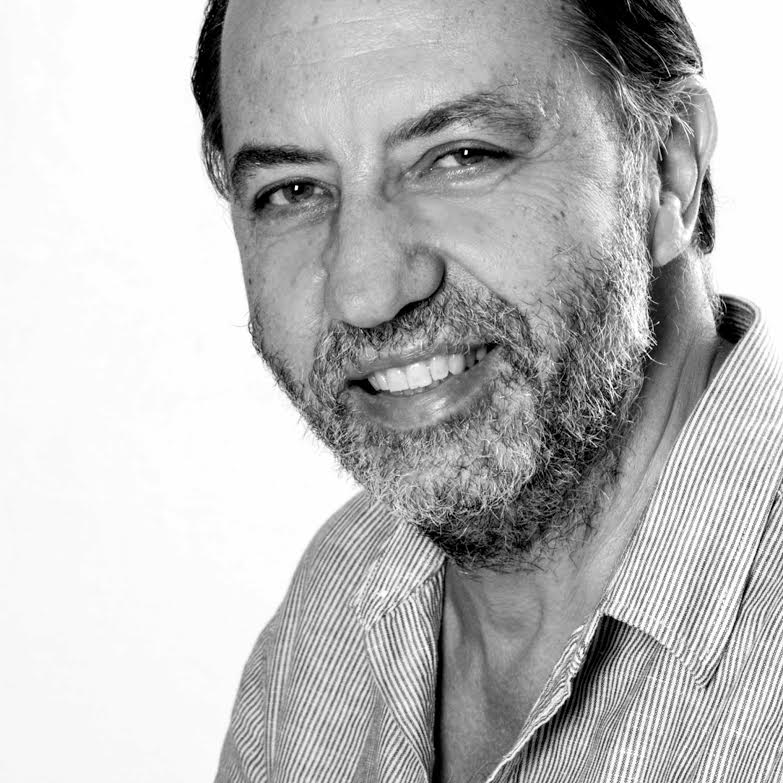Sound and space are inherently correlated, but what if you could give a recording the depth and acoustics that come with that space? Here, DR VINCE BRIFFA explains how his department is working on developing 3D holographic audio equipment – a project funded by RIDT.
 When you go to a classical music concert, space plays a crucial role in the acoustics of that which you’re hearing: When you’re physically there, the violins sound different if they’re placed behind the cello; the bass sounds different if it’s to your right rather than to your left… And if you move, the sound changes too.
When you go to a classical music concert, space plays a crucial role in the acoustics of that which you’re hearing: When you’re physically there, the violins sound different if they’re placed behind the cello; the bass sounds different if it’s to your right rather than to your left… And if you move, the sound changes too.
When sound is recorded in stereo, the depth of the music can be captured, and a trained ear can quickly decipher where a particular sound is coming from in relation to themselves. Yet, 3D audio goes one step further than that, by removing the 2D-layer recordings normally have.
“Holography is a process where one records ‘interference fringes,’ which are created when two wave fronts overlap,” explains Dr Vince Briffa, the head of department and a senior lecturer at the Digital Arts within the Faculty of Media & Knowledge Sciences at the University of Malta.
“The goal of our project, however, is to have an audible scenario that can follow the user’s motion in a particular space and react to it in real time, with the resultant effect entirely dependent on how the system is programmed,” he continues.
This project, which is being funded by RIDT, will give Vince the tools to create the system and make it accessible to students, researchers and art practitioners, giving them a completely new layer to work with when creating their art or conducting research.
“Since the funding for this project was not exorbitant but, nevertheless, impossible to fund through departmental funds, RIDT provided the best option for funding, as it not only helped with financial backup, but also partnered in the communication of the project and its promotion. RIDT will also participate in the eventual dissemination of the findings,” Vince tells us.
“This project will help various departments and individuals once completed and, since we have started working on the project, we have been approached by various people from different research and practice fields who have expressed interest in this project.”
Currently, the 3D holographic audio project is still being worked on, and it is expected to be finalised within the next twelve months. Working with Vince on this as a co-researcher on the project is Matthew Galea, a PhD student who is researching digital sound as a sculptural medium, thus also offering invaluable hands-on experience.
“Most of the technical research has been conducted, so now it is more a question of assembling the rig together and putting it
through its paces, under various circumstances… We’re now also in the process of acquiring the equipment, which is mainly digital audio equipment that allows for real-time routing to audio sources installed in space. Once that is in hand, we expect to be able to publish the results and make it available by October 2017.”
It’s a wonderful project and one that could truly revolutionise the way students in the various arts departments use sound in their work. The possibilities are endless, however, and could help researchers in engineering, computer sciences and much, much more – and it’s all funded through donations from people like you. So, thank you!
You can be part of this fascinating world of research too by helping many other researchers achieve their breakthroughs in all the faculties of the University of Malta. Please click here for more information on how to donate to research of this kind through the Research Trust (RIDT).
